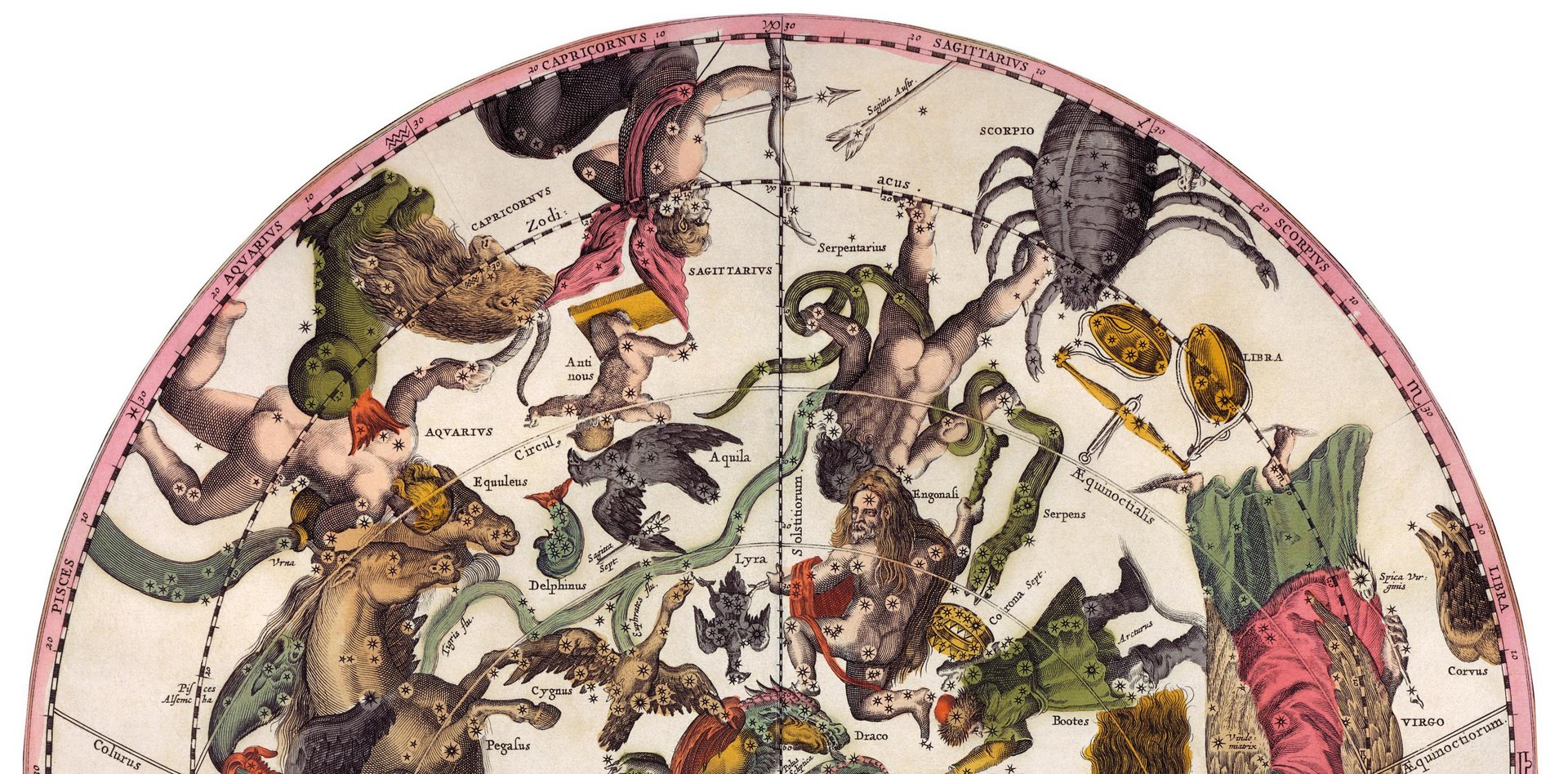
Tablet Home Page
A general ASTRONOMY site to get you started exploring the night sky

Tablet Home Page
I have optimized this site for desktop and laptop computers.
The whole website would be very restrictive if I formatted it for smaller platforms—sorry!
This page should read correctly on tablets but not on phones. Most of you who visit this site are looking for the Monthly Sky Chart which is presented here. You will need that desktop or laptop to access and adequately view all the other site information.
Email me, Ken Graun with any questions.